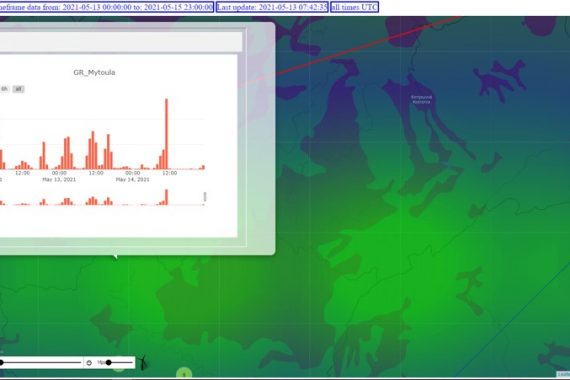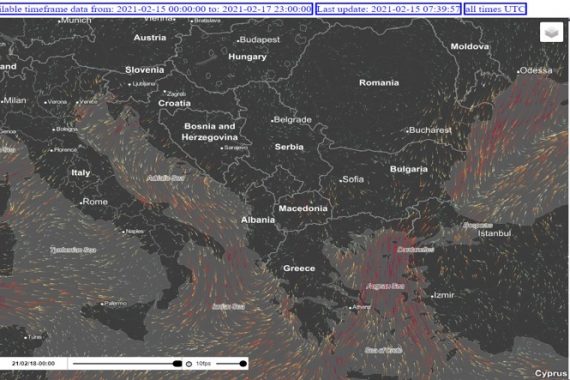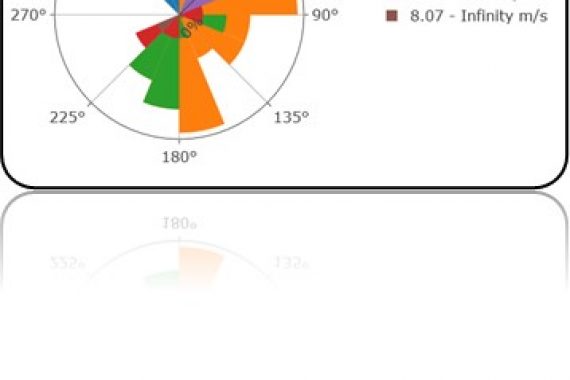Georeferenced grid modelling and simulations
Deep, aggregated, high-resolution power system modeling with improved system operation forecasting on the TSO/DSO level based on optimal inclusion of distributed energy resources and weather data.

Optimal location selection and grid connection studies based on a differential evolution and georeferencing
Optimal location selection and grid connection studies based on a differential evolution and georeferencing.

AI based weather and energy output predictions
Optimal location selection and grid connection studies based on a differential evolution and georeferencing.


Severe weather information system
Utilizing high resolution Numerical Weather Predictions in combination with multilayered GIS based GUI with the hea-map and time-dimension functionality. Experience from FARCROSS and OneNet h2020 projects, shown to be unreplaceable for the system operation monitoring and early warning systems, which are able to predict severe weather regimes for up to 7 days ahead.

Data science in service of optimized turbine O&M
It is possible to give a pretty precise information on curves of turbine mechanical stress in a normal load operations as well as in other possible regimes, based on wind speed data. This can be used for a later on turbine design improvements. It is possible to test and estimate, based on wind speed data, how often the turbine should be maintained. Existing standards used for design, operation and maintenance would be analyzed and proper recommendations made. Energoinfo is doing something very similar with the ampacity forecast under OneNet, where we look for the optimal periods of time in which power system elements can be put under more stress, following the environmental conditions very precisely with our AI algorithms. In this case we would look for how we can extend the maintenance periods and make it more efficient budget and material wise.
